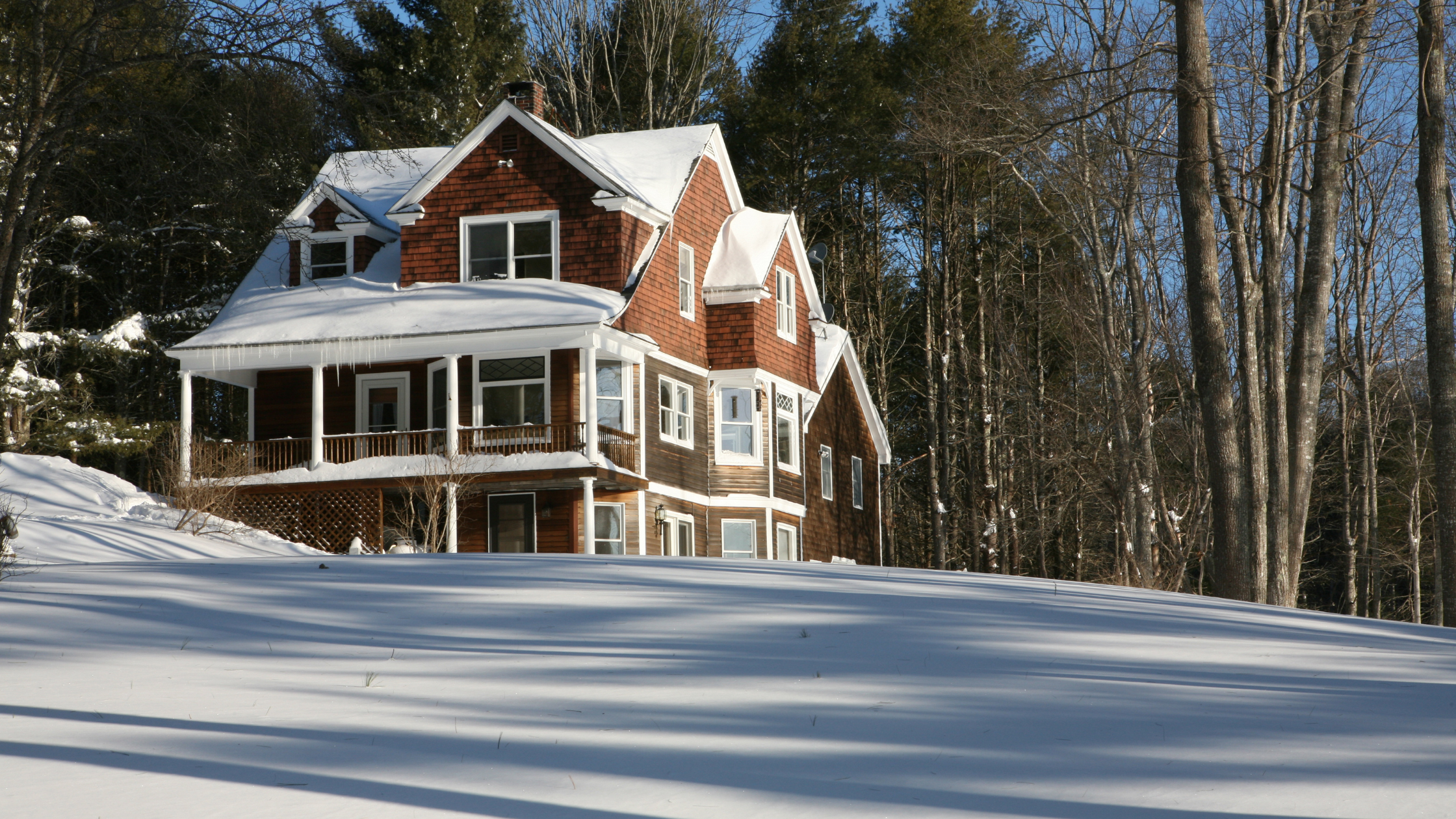Winter is a stressful time for turf. With cold temperatures or large swings in temperature, snow, ice, and wind, a lot can happen to your lawn. Over the next few posts, we will outline some common winter issues related to lawn care and tell you how it happens, what to expect, and what you can do about it.
Snow and ice are a reality for us in New England and for the most part, cool-season grasses are capable of withstanding what Mother Nature throws at it. That said, no two winters are alike and what impacts turf the most are quick changes in conditions that don’t allow your grass to adjust appropriately in time.
How Snow Affects Your Lawn
How we enter winter plays a big role in how your lawn will leave it when spring arrives. In general, snow is actually beneficial by acting as an insulator and protecting your turf from the worst of winter weather while keeping soil biology going. Things can go wrong if winter weather—specifically a snowstorm—hits earlier than expected. Your lawn may not be ready for winter dormancy just yet, especially if it is still feeding on a late-season fertilizer that is too high in quick-release nitrogen.
This can lead to a disease known as Snow Mold or result in winter kill—a generic term used to describe turf dieback due to winter-related issues. Mainely Grass Lawn Care programs finish around Halloween and our fall fertilizers are specifically designed for slow-release for exactly this reason. No one knows when snow will hit, so we do our best to make sure lawns have the nutrients they need in advance.
Ice Cover and Your Lawn
Once snow is here to stay, the primary concern for lawn health is ice. Prolonged ice cover or ice immediately on top of the turf (rather than on top of a snow layer), can suffocate your turf. Ice takes longer to melt and creates a barrier to airflow making oxygen exchange more difficult for the leaf tissue.
Turf can also be damaged by ice in another way. If the weather warms enough to meet growing conditions, your turf might come out of winter dormancy and begin to translocate water to its cells. When weather conditions change back to a deep freeze, the water can crystalize and burst the plant cells from within.
Dealing with winter stressors is all about how you treat your lawn in the late fall and early spring so it is prepared for the winter to come and wakes up appropriately in the spring. In future posts we will discuss other common winter-related issues like Snow Mold, wind damage, frost, salt or plow damage, and Mole activity.
